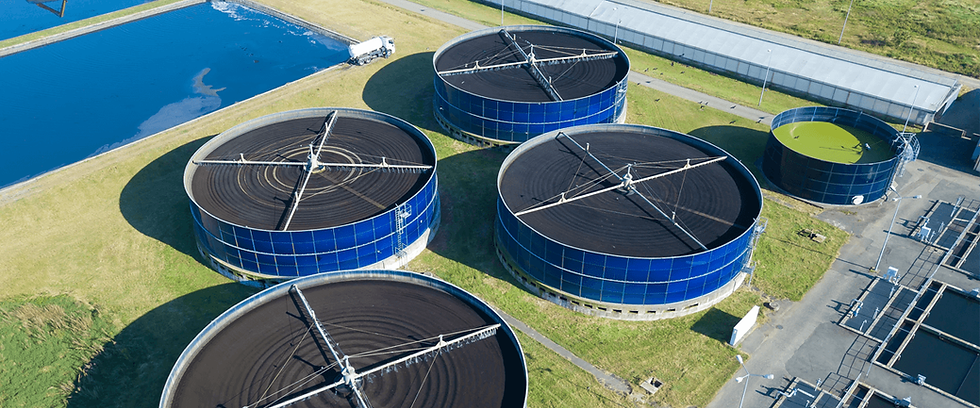Importance Of Wastewater Treatment In Textile Industry
- puroxi

- Nov 6, 2023
- 2 min read

Routine manufacturing of garments requires modern mass production automation machines such as automatic cutters, plotters, automatic feeders, cutters and CAD software. But it's not just about increasing productivity. Today, the clothing industry cannot grow without improvements in clothing design.
Advanced tools such as MD-CAD garment design software have improved the design standards and speed of implementation of these designs. The software consists of five applications, each dedicated to a specific process. From mass production to custom design needs, these software are now essential to the industry. For all garments, the quality of the materials and design is just as important as the quality of the print. Therefore, the modern textile industry relies more and more on automatic devices for printing sewing machines. Equipped with the latest printing technology, it ensures a flawless production process. Modern plotters started with two or four heads and advanced inkjet technology. These devices can print using standard HP cartridges. Features such as linear encoders ensure maximum accuracy even at extended print sizes. Most importantly, these devices work very quickly and quietly.
Automatic distribution equipment
Advanced knitting machines played an important role in the success of the textile industry. This compact, well-made machine is easy to use and promises quality, performance and high performance. These properties can be guaranteed for all materials, from flexible, rigid, spiral, corrugated packages to tubular materials. The latest generation of automatic powder dosing machines are equipped with intuitive digital touch support. The voltage-free electronic device is equipped with an automatic diagnostic system. These devices can be removed with or without tip support. For industries with high production requirements, this is an adjustable speed dual cutter.
Advanced ultrafiltration and reverse osmosis
Modern wastewater treatment plants are designed to reduce the use of chemicals. Technologies such as AAA can reduce chemical consumption and sludge formation by approximately 70% compared to conventional wastewater treatment plants, while ensuring a consistent quality of the treated wastewater. In addition, 90-95% of treated water can be recycled for reverse osmosis treatment and ultrafiltration procedures. Ultrafiltration treatment can effectively reduce the possibility of wastewater contamination. This process can provide better downstream recovery and better membrane life in reverse osmosis (RO) systems.
Technologically advanced RO systems offer improved recoveries, minimal cleaning frequency and extended membrane life. The stream can be processed through an evaporator and dryer to ensure that no liquid separation occurs. The resulting solid salt can be recycled for dyeing. In addition, today's aerobic systems are more efficient in reducing total energy consumption, sedimentation, soil footprint and increasing the efficiency of aerobic biological systems.







Comments